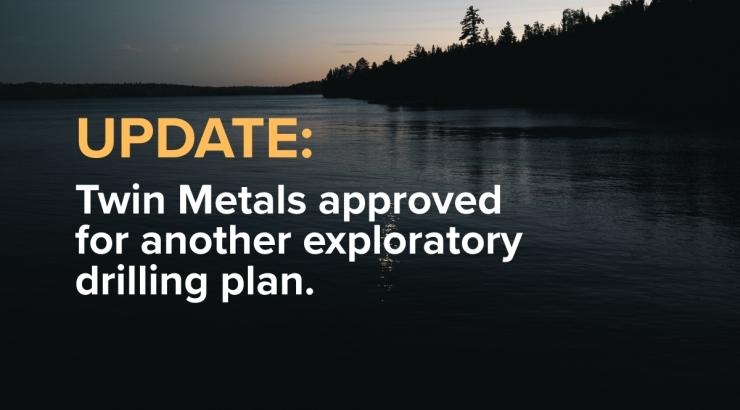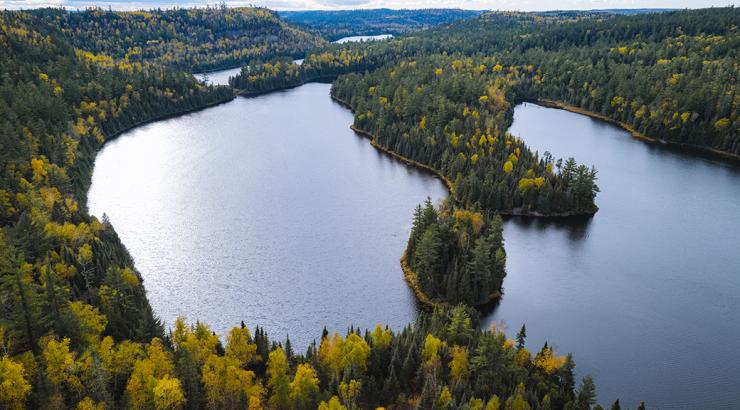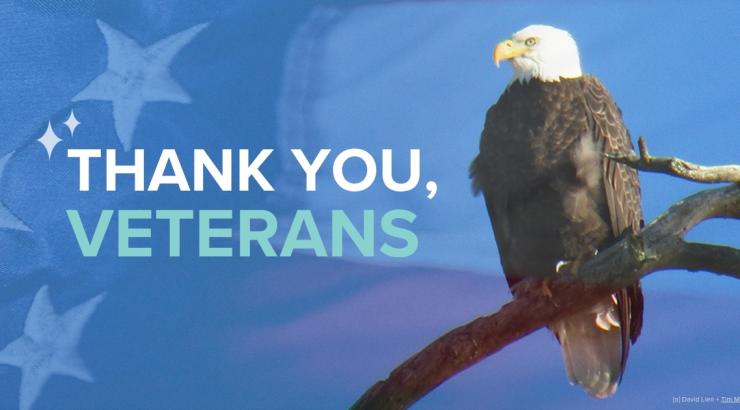Bill Hohengarten is a board member of Northeastern Minnesotans for Wilderness, the organization that leads the Campaign to Save the Boundary Waters. He also chairs our DEIJ Committee. He lives on the edge of the Boundary Waters with his husband David and their dog Kahshahpiwi.
During the past year, our nation has focused with new urgency - long overdue - on issues of racial equality and, more broadly, on promoting diversity, equity, inclusion and justice (“DEIJ”) for all. Like many organizations, the Campaign to Save the Boundary Waters, which is a project of our nonprofit organization Northeastern Minnesotans for Wilderness (“NMW”), have taken a deeper look at how DEIJ initiatives fit in with our mission to protect and advocate on behalf of Wilderness generally and the Boundary Waters in particular.
In 2020 NMW’s board formed a DEIJ Committee comprising board and staff members to guide and expand the efforts that have been undertaken by a DEIJ workgroup at the staff level for several years. We are committed to increasing diversity, equity, inclusion and justice within our own organization, and in our outreach, advocacy, and membership initiatives. In addition, we are seeking ways to promote the broader aim of eliminating barriers and increasing enjoyment of the Boundary Waters by all people, including groups who have long been underrepresented here.
I’ll be honest, though: we’ve received some pushback when we have put out statements about our commitment to DEIJ generally and racial justice in particular. Some people question if an increased focus on DEIJ is a distraction from our core mission of protecting the Boundary Waters. Sure, they may say, DEIJ is important. But there are other organizations that are dedicated to promoting diversity and racial justice. In contrast, they may argue, NMW’s mission is literally to save to the Boundary Waters - the rocks, the trees, the water, the animals, the air. From this perspective, promoting DEIJ may look like “mission creep,” taking us into new territory that is best left to others, and distracting from our true goal of Wilderness advocacy and protection.
I believe this way of looking at the issue gets it wrong. DEIJ is in fact a core part of our mission of protecting and advocating for the Boundary Waters. There are a lot of different reasons why this is true. For me personally, the main considerations center on two key points. The first and most obvious reason is that in order to ensure the continued protection of the Boundary Waters, we need to engage the largest and broadest coalition of Wilderness enthusiasts possible. Our Wilderness advocacy depends on mobilizing countless citizens to engage with lawmakers and regulators, and to serve as ambassadors for the Boundary Waters among their friends and in their communities. This effort cannot succeed if our outreach is limited to one subset of Americans, such as the traditional “outdoorsy” stereotype of the white heterosexual male. People of all stripes must be (and are) part of the movement. And that imperative is growing every day as people of color make up an ever larger proportion of the U.S. populace - soon to be the majority.
To be as effective as possible, our campaign must be as inclusive as possible. That means our board and staff should reflect the broad spectrum of Americans. We need to understand the distinctive concerns of different communities in order to communicate with and mobilize everyone. We have to reach out to and engage the widest range of Wilderness lovers so they can join us as advocates on behalf of the Boundary Waters. And, to grow the ranks of Wilderness defenders, we must strive to make the Boundary Waters experience as inclusive as possible, so that people who have been underrepresented in the Wilderness can experience it first hand. Protection of the Boundary Waters now and forever depends on getting as many Americans as possible to care about the Wilderness and advocate on its behalf.
Thus, DEIJ is central to our mission of protecting the Boundary Waters because our advocacy depends on it. But I think there is a second, equally important reason why DEIJ is central to our mission. This second reason might be a little less obvious at first, but once you see it, it is, to my mind, even more compelling. The basic point is that the very thing we are dedicated to protecting - the Boundary Waters and Wilderness generally - is devalued if people are excluded from it by barriers based on things like race, gender identity, religion, or sexual orientation. The value of Wilderness is not just the purity of the rocks, the trees, the water, the animals, the air. Wilderness is important - sacred - to people, to society. But if Wilderness is the exclusive preserve of some while others are excluded, its sacred value is diminished. It is polluted just as surely as if sulfuric acid mine runoff is poured into its lakes and streams.
A thought experiment helps drive this home. Imagine the Boundary Waters just as it is - except that at each entry point there is a sign that says “WHITES ONLY.” And now imagine your mission is to protect the Boundary Waters. Would you say that your efforts should be limited to stopping physical impairments like air and water pollution, noise, resource extraction, and the like? Or would ending the racial exclusion from the sacred experience of Wilderness also be central to your mission of protecting it? I for one believe that a racial exclusion like in our thought experiment mars the sacred value of Wilderness just as much - maybe more - as cutting down a vast forest in its midst. To protect the Wilderness, we must get rid of those “WHITES ONLY” signs.
Of course there are no such signs at Boundary Waters entry points - although not so long ago such signs were a defining feature of life in much of America (including many National Parks and other public outdoor spaces). But the sad reality is that even without such signs, many groups are effectively deterred from enjoying the Wilderness by the historical legacy and continued existence of forms of discrimination that might not be obvious to the majority, but are no less powerful in excluding people of color or other underrepresented people.
As one woman, Linda Ji, said in response in to a post about racial justice on a Save the Boundary Waters Facebook post: - I am very glad about your post. There is so much hate in Minnesota. I actually stay away from Minnesota lakes because it's not safe for me. I have had men spit on the ground by me and drive their trucks by me fast. But once I went with white women on a women’s hiking trip and then I felt safe. So you are absolutely correct in what you say. But the haters can’t see their hate. Also not all white people are haters. I don’t believe that. But some are small minded and hate what they fear. They never even take time to know us.
As Linda’s statement powerfully conveys, racism and other forms of discrimination can and do put an exclusionary wall around the Wilderness experience for many people. Based on their life experiences, people of color, lesbians and gays, transgender persons, and others may reasonably fear they will be discriminated against or even physically harmed if they take a Wilderness trip - something a straight white male may take for granted. I have experienced this myself as a gay man. Thus, racial and other anti-discrimination justice movements like Black Lives Matter, Stop Asian Hate, or Transgender Lives Matter are just as relevant to the Wilderness as they are to urban and suburban America.
To protect the Boundary Waters, we must help ensure that all people feel welcome, safe, and at home in the Wilderness. Only then will the Boundary Waters have the largest possible corps of advocates and protectors. And only then will the Boundary Waters be protected from the pollution of discriminatory social forces that exclude many Americans from ever enjoying it. Read more about our DEIJ work in our 2020 report for the Outdoor CEO Diversity Pledge


